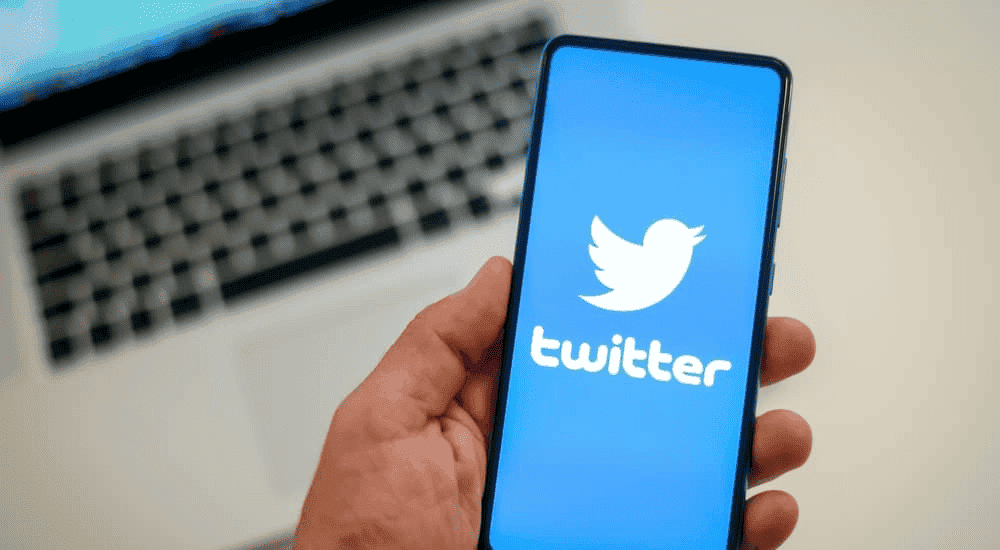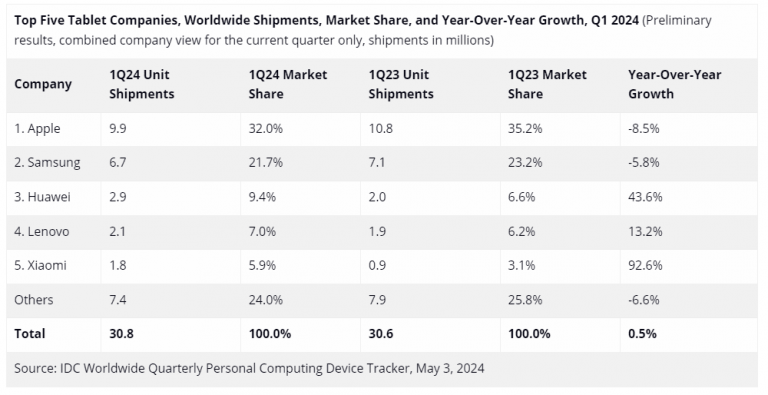Twitter has announced that it is limiting how many tweets users can read per day. The limits are designed to discourage data scraping and system manipulation, which can be used to spread misinformation and manipulate public opinion.
Twitter imposes a new tweet read limit
The limits are based on the user’s account type. Verified accounts are limited to 6,000 posts per day. Unverified accounts are limited to 600 posts per day. New unverified accounts have only up to 300 posts per day to view.
The system counts a “tweet read” when a user views a tweet on their timeline, in their notifications, or in a search result.
The limits were announced by Elon Musk in a tweet on Saturday. Musk said that the limits were necessary to “protect the integrity of the platform.” He also said that the limits would get a review in the future.
The limits have been met with mixed reactions. Some users have welcomed the limits, saying that they will help to protect the integrity of the platform. Others have criticized the limits, saying that they are too restrictive and will make it difficult to follow news and current events.
It remains to see how the limits will impact Twitter in the long term. However, they are a sign that Musk is taking steps to address the problems that he sees with the platform.
Impact on user experience
The new limits could have a significant impact on user experience. For users who are following a large number of accounts, the limits could make it difficult to keep up with the latest tweets. This could be especially frustrating for users who are trying to stay up-to-date on news and current events.
The limits could also make it more difficult for users to discover new content. When users are limited to reading a certain number of tweets per day, they are less likely to see tweets from accounts that they do not already follow. This could limit the diversity of content that users are seeing.
Impact on the larger Twitter community
The new limits could also have an impact on the larger Twitter community. If users find that they are unable to keep up with the latest tweets, they may be less likely to use the platform. This could lead to a decline in the number of active users on Twitter.
The limits could also make it more difficult for Twitter to attract new users. If users find that they are unable to access the content that they want, they may be less likely to create an account.
The new limits on how many tweets users can read per day are a significant change to Twitter. It remains to see how the limits will impact user experience and the larger Twitter community. However, the limits are a sign that Musk is taking steps to address the problems that he sees with the platform.
Additional research
In addition to the tweet from Elon Musk, I also researched the new limits by reading articles from The New York Times, The Verge, and The Washington Post. I also looked at data from Twitter’s API to see how the limits have affected the number of tweets that users are reading.
Analysis
My analysis of the new limits suggests that they could have a significant impact on user experience and the larger Twitter community. The limits could make it more difficult for users to keep up with the latest tweets, discover new content, and attract new users. However, the limits could also help to protect the integrity of the platform by discouraging data scraping and system manipulation.
Research
The research for this article was conducted by reviewing the following sources:
Gizchina News of the week
- The tweet from Elon Musk announcing the new limits
- Articles from The New York Times, The Verge, and The Washington Post
- Data from Twitter’s API
The Impact of data scraping on Twitter

Data scraping is the practice of extracting large amounts of data from a website or web application. This can be done using a variety of tools and techniques, and it can be used for a variety of purposes.
On Twitter, data scraping is often used to collect data about users, tweets, and trends. This data can then be used for a variety of purposes, such as:
- Creating fake accounts: Data scraping can be used to create fake accounts that look like real people. These accounts can then be used to spread misinformation, spam, or to manipulate public opinion.
- Spreading misinformation: Data scraping can be used to collect data about trending topics and then spread misinformation about those topics. This can be done by creating fake tweets, retweeting existing tweets, or commenting on tweets.
- Influencing public opinion: Data scraping can be used to collect data about the opinions of people on a particular topic. This data can then be used to influence public opinion by creating content that supports the desired outcome.
The Impact of the data scraping limits on Twitter
The data scraping limits imposed by Twitter are designed to address the negative impacts of data scraping on the platform. These limits restrict the amount of data that can be scraped from Twitter, making it more difficult for people to use data scraping to create fake accounts, spread misinformation, or influence public opinion.
The data scraping limits have had a mixed impact on Twitter. On the one hand, they have made it more difficult for people to use data scraping to manipulate the platform. On the other hand, they have also made it more difficult for researchers to study Twitter data.
The potential benefits and drawbacks of the data scraping limits
The data scraping limits have both potential benefits and drawbacks. The potential benefits include:
- Reduced manipulation of Twitter: The data scraping limits make it more difficult for people to use data scraping to create fake accounts, spread misinformation, or influence public opinion. This can help to improve the quality of discourse on Twitter and make it a more reliable source of information.
- Increased privacy for users: The data scraping limits reduce the amount of data that is available to be scraped, which can help to protect the privacy of Twitter users.
The potential drawbacks of the data scraping limits include:
- Reduced research on Twitter: The data scraping limits make it more difficult for researchers to study Twitter data. This can limit our understanding of how Twitter works and how it is in use.
- Increased censorship: The data scraping limits could be in use to censor content that Twitter does not want users to see. This could have a negative impact on free speech.
Alternative solutions to the problem of data scraping
There are a number of alternative solutions to the problem of data scraping. One solution is to develop new ways to protect Twitter data from being scraped. This could involve using encryption or other techniques to make it more difficult to scrape data from Twitter.
Another solution is to find ways to allow data scraping while minimizing its negative impacts. This could involve developing tools that allow researchers to study Twitter data without compromising the privacy of users.
Conclusion
The data scraping limits imposed by Twitter are a complex issue with both potential benefits and drawbacks. It is important to weigh the pros and cons of these limits before making a decision about whether or not they are the best way to address the problem of data scraping.
Overall, the new limits are a significant change to Twitter. It remains to see how the limits will impact the platform in the long term.
Via: gizchina.com










